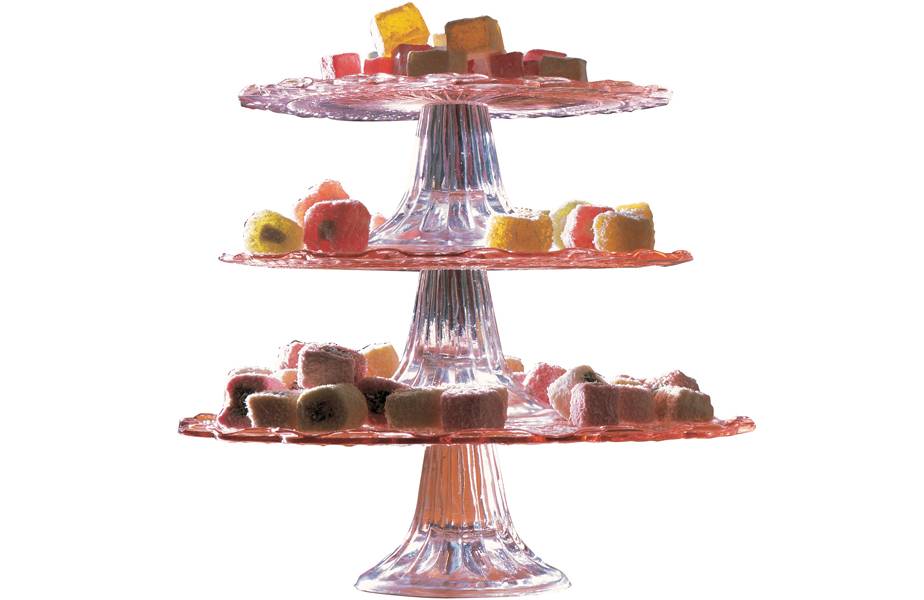By hhm_hafatzim
Posted in perspectives on life, Yehudit Bar, design
Kitsch seems to provoke a negative impression.
Yet I insist to defend it.
As for all forms, also our opinion about kitsch is biased. As for all forms, one should, from time to time reconsider it in order to check out if it is really so, or if it, as for all details and phenomenon in life, can perhaps wear a new face.
Who of us does not enjoy from time to time the display of bright/vivid colors in the costume that another culture adorns? Who of us has not sometime or another been terribly attached to some overly decorative item that we just happen to hold on to? Who of us has not sunk into reverie or physically swayed to the rhythm of some old
romantic song, otherwise, totally unrelated to our usual taste in music? We must admit that all of us have ‘sinned’ such sins throughout our lives – and good that we have.
So, why do I defend kitsch? Precisely in order to focus attention on its contribution.
Kitsch releases us from social obligations. When kitsch is in our environs, we feel exempt from “what is correct”. One can always just say, “I know it’s kitsch, but I love it”. This shows a certain capability of personal liberation. Kitsch arouses in us an emotional reaction, nostalgia, compassion, love, excitement and, at times, brings tears to our eyes. Kitsch succeeds in getting our adrenalin going that we evidently need from time to time, and that is a good thing.
From time to time, kitsch compliments us – physically, emotionally, or spiritually. Physically – look at the male peacock’s feathers, colors that make us marvel. Emotionally and spiritually – its sheer existence is proof of a release in our very soul of the images and patterns that inhibit/constrain us. Who does not seize upon such a welcome release/liberation?! Kitsch softens our mind and our expression.
If then, kitsch brings with it so much ‘good’, why the negative reaction? Because the ‘good’ in it, like all things in life, depends upon quantity. If it is ‘too much’ all its good attributes vanish. It could well be that its negative image comes to warn us against undermining relationships, and here we find yet another attribute – kitsch comes to teach us, perhaps, more than anything else in our lives, what is the significance of ‘moderation’. A string of colored beads, embroidered flowers on a shirt, colorful floral organza, the ethnic waves as in Kavkaz carpets, flowery Georgian cottons, Moroccan slippers in colored leather with pointed toes – to all these a great thanks for their praiseworthy/blessed contribution!





